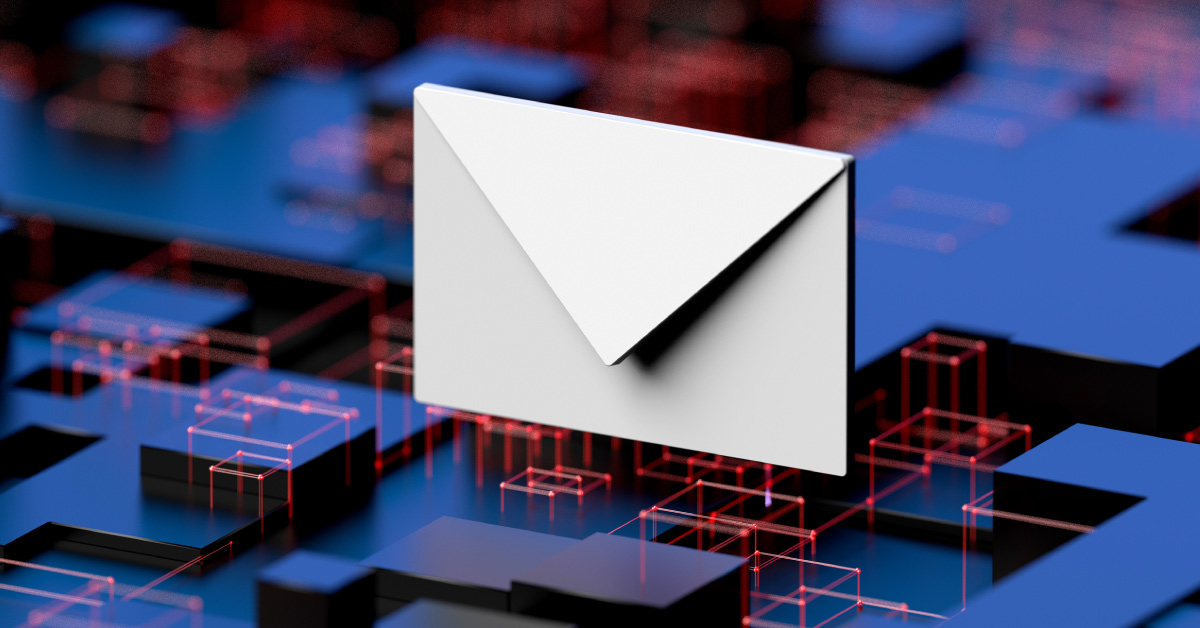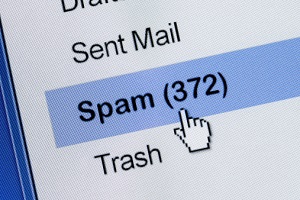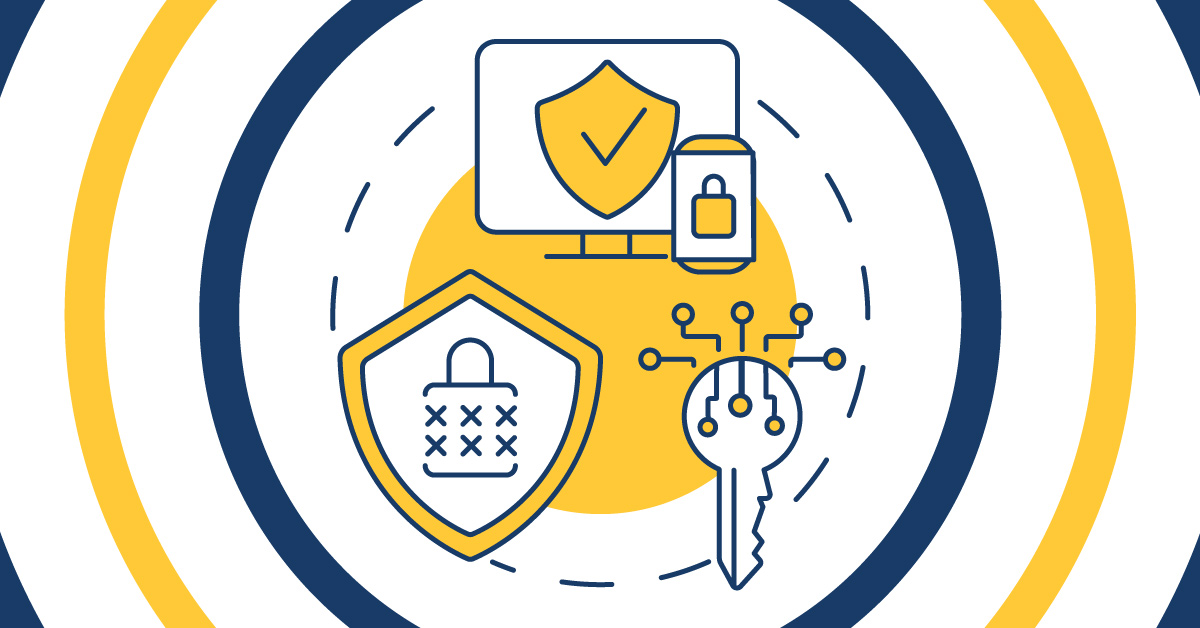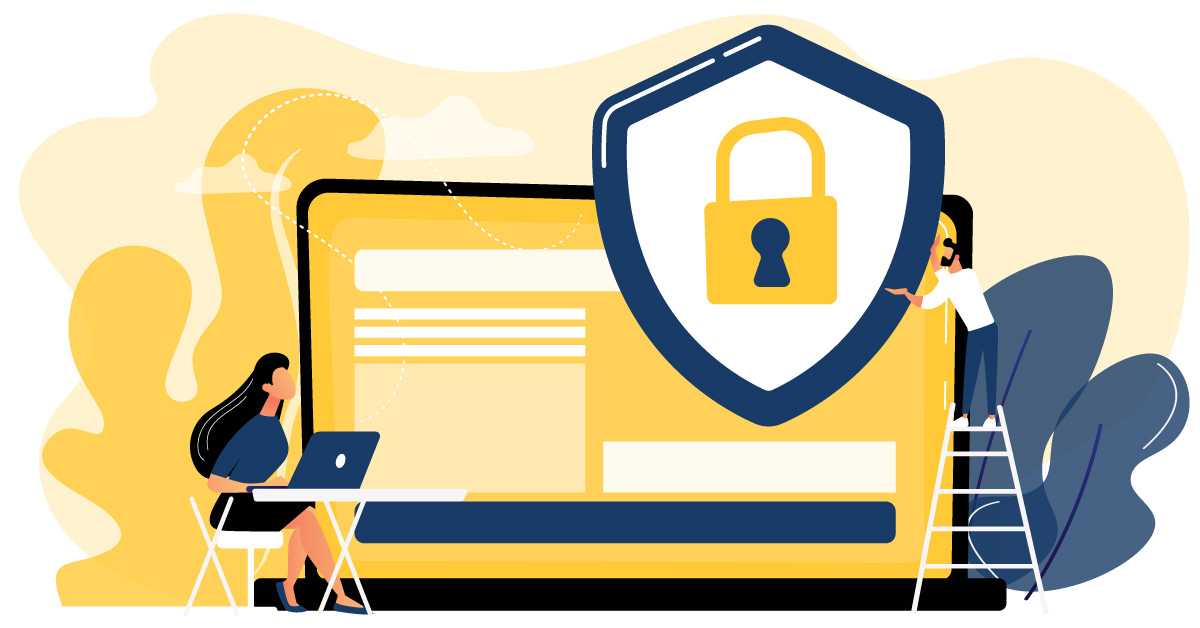Even though email security concerns are now taking center stage in many companies, let’s be honest — email was never that secure to begin with. Passwords can be hacked, malicious spammers spoof domains, and seemingly innocent links should always be regarded with extreme suspicion.
But there is some good news — it is possible to prevent many of the most common email security risks by taking some simple actions. Get started today by setting email security standards for your business. As you review your current practices, here are some email security best practices to include on your list.
1. Secure Your Email Communications With Encryption

Traditional email being sent across the internet is not encrypted. This means that someone snooping might be able to read your sensitive data as it passes through the internet. Email encryption secures your communication and makes it unreadable. Encrypted email uses a special combination of two separate “keys” to encrypt all email data — a public key and a private key. For this reason, it is known as public key encryption, and it ensures that only the intended recipient will be able to decrypt and read the message and any associated attachments.
2. Use Email Security Software To Catch Spam and More

Here's the thing about spam: It's not just random ads. Sometimes spam is malicious. In fact, criminals using malicious phishing links is one of the most common problems in cybersecurity today, and it is an issue facing companies of all sizes and across all sectors. Often these emails resemble everyday companies that you may already be doing business with. They are designed to sneak in under the radar. So be cautious, or you may one day wind up on the wrong end of a phishing scheme or accidentally download malicious software. This can happen to anyone, but email security software can help!
Enterprise-grade spam filtering can prevent most of those emails from making it to your inbox in the first place. Additional email security software can also help email content filters intercept incoming messages that contain malware or other suspicious elements.
3. Set up Internal Policies and Procedures
Policies and procedures mitigate errors by eliminating actions that put your business at risk. Tell your employees exactly what they should and should not do and why, and you can work as a team to ensure email security. Here are a few questions for you to consider when establishing email policies and procedures for employees:
- Can employees combine personal and business email accounts?
- Is there a right way to open attachments?
- Are there any dangers to be aware of in forwarded emails?
- What restrictions are there for sending and receiving emails from external contacts?
- If an employee believes an email is suspicious, what action do you want them to take?
- If an employee has accidentally clicked on a malicious link, what next steps need to happen?
- The final step is to ensure that all employees are familiar with these policies, and they know where to go to address any additional questions they may have.
Once you’ve drafted your policies, make sure that all employees are familiar with them and that they know where to go to address any additional questions.
4. Close and Forward Accounts for Ex-Employees
Closing an account ensures that when employees leave your organization, they no longer have access to their account and your business operations.
Review accounts on a regular basis to make sure that no ex-employee email accounts have been left on by accident. If the account is still processing required communications, have an established process for approving internal email forwarding of a previous employee's email. These emails should be forwarded to someone who is capable of completing or delegating any necessary tasks.
5. Don't Send Mass Emails With Outlook
Certain websites, like Constant Contact or Mail Chimp, are designed to send mass emails. If you use your personal Outlook account for mass emailing, your email address will likely be flagged as spam, which puts you at risk of being shut down by your email provider.
In addition, large platforms that your company may be using for sending out marketing communications are often overlooked when rolling out multi-factor authentication (MFA). Ensure that these stand-alone accounts are protected with MFA like any other account in your organization.
6. Invest in Mobile Device Security
Of course, not all email security breaches happen over the internet. A criminal can also just steal an unprotected laptop. Require employees who use mobile devices to access company data to secure their devices with passwords. This will add a layer of protection, preventing immediate access to emails, contacts, and other data.
In addition, you may require that these devices include encrypted storage options. Some mobile devices have these features built-in, whereas Windows laptops will require turning on BitLocker or an alternate solution. This feature will stop someone from being able to steal sensitive information by pulling it directly off a removed hard drive.
Fortunately, remote-wipe capabilities are now a feature on many mobile devices and device management platforms (MDMs).
7. Use Multi-Factor Authentication

Multi-factor authentication (MFA) refers to using more than one method to verify a user's identity, like login credentials plus a fingerprint, facial recognition scan, or a code sent to another verified device. Adding secondary forms of authentication helps protect against brute-force password attacks — where a criminal will use software to guess every possible password for your device.
According to Microsoft, MFA can effectively block 99.9% of account compromise attacks. So if you haven’t already, consider requiring its use moving forward.
8. Invest in Phishing Training

Unless you provide regular top-notch security awareness training for your staff, chances are that they’re highly susceptible to phishing attacks. Hackers have unfortunately discovered that it’s often much easier to simply trick staff into revealing sensitive financial information or login credentials than it is to hack into your systems all by themselves.
Sometimes all it takes is a careless or rushed moment, but hackers are also getting much smarter about using a bit of human psychology to fool more of us more often.
Unfortunately, just one oopsie response to a phishing email may open the door to a compromised account or system, financial fraud, a crippling ransomware attack, and more. According to recent data, 91% of all cyberattacks begin with a phishing email. Training is remarkably effective at transforming your staff from a weak link to a human firewall.
How To Make Email Security Easier
If you’re using Microsoft365, you’ve got a head start. Microsoft invests around $1 billion every year in cybersecurity, and its email encryption tools are top-notch and active by default — you don’t have to configure anything to take advantage of this technology.
Recently, Microsoft also put together a list of email best practices for small to midsize businesses. You can find them right here!
Best Practices for Email Security From NIST
Email security is incredibly important, which is why all components of email security — including security awareness training — are included in the National Institute of Standards and Technology (NIST) Cybersecurity Framework (CSF). We’ve gone ahead and designed a simple checklist based on the NIST CSF to make it easier for organizations to see if they’re following best practices.
Click the link below to see where your security posture is strong and where it might need a boost!
Get Our Cybersecurity Checklist
